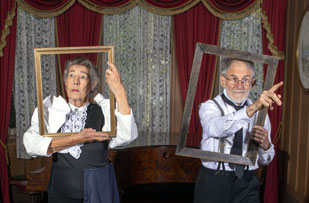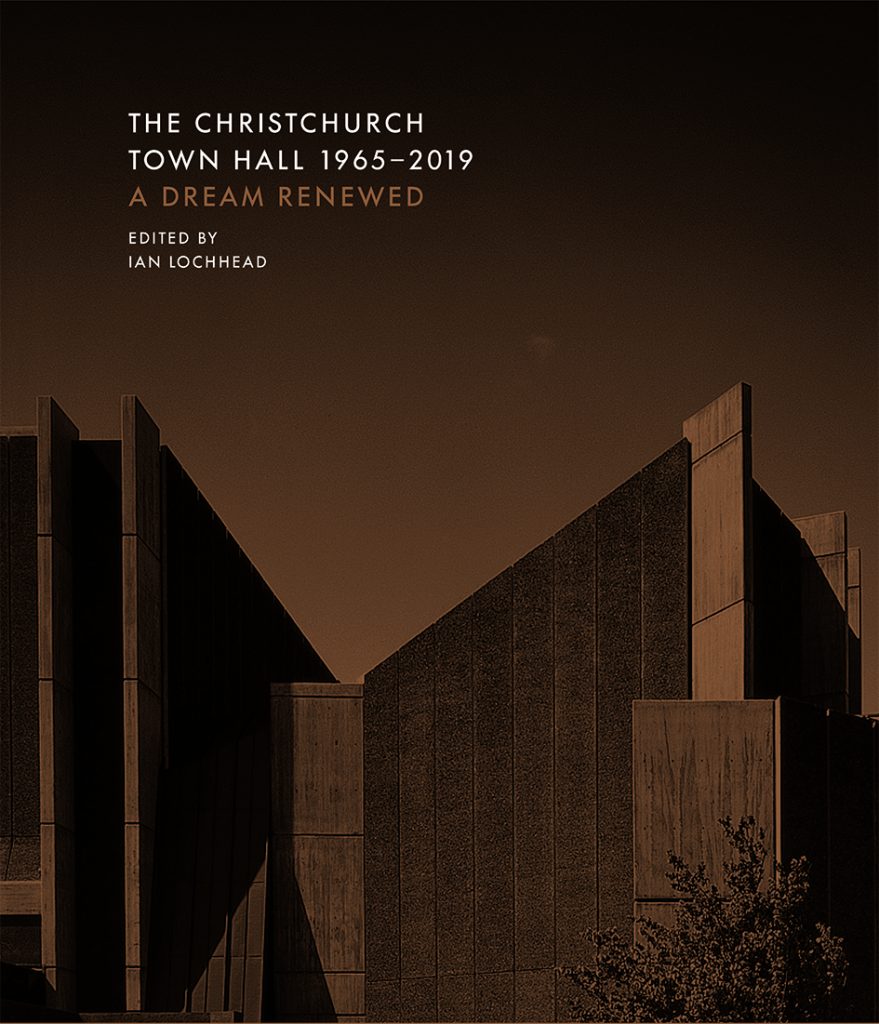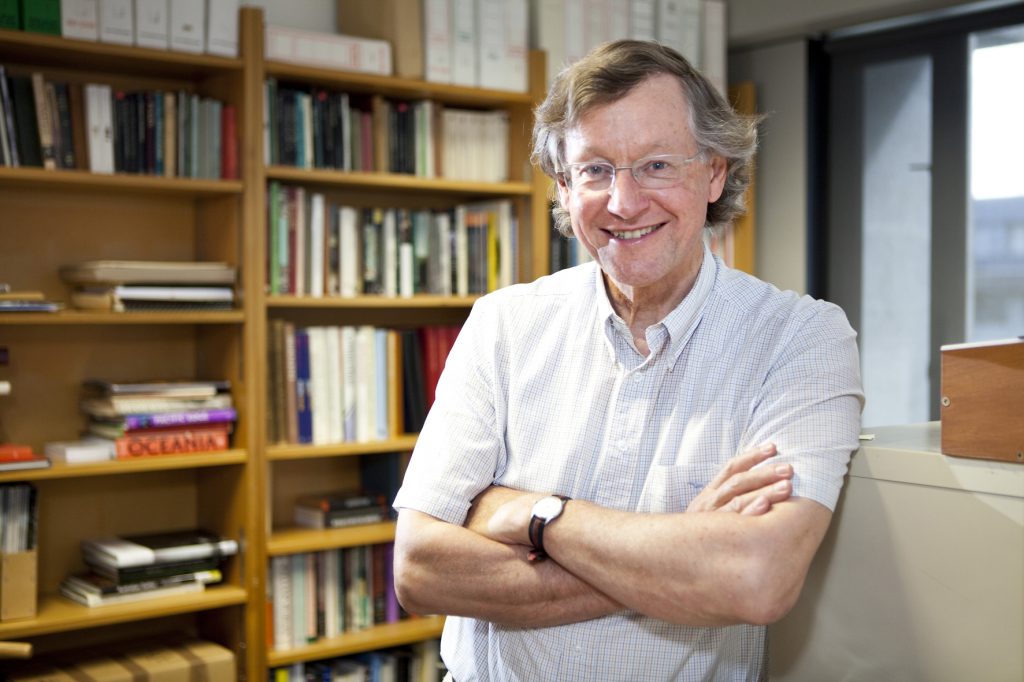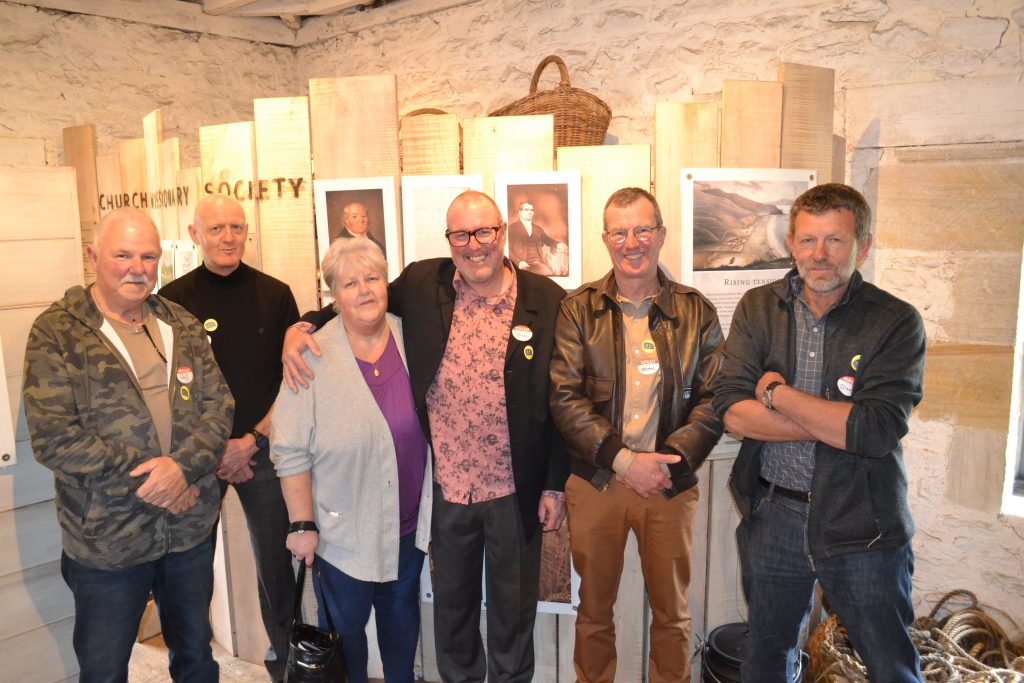July 10 (2020)
MEDIA RELEASE
Chance find highlights early New Zealand cash shortage
A chance find on a Bay of Islands beach has shed light on colonial New Zealand’s economy.
A tradesman’s token – a small ‘coin’ minted for an Auckland ironmonger and trader – was found by 11-year old William Edwards of Kerikeri, while out on a post-lockdown stroll at Whangaruru with his dad Bill.
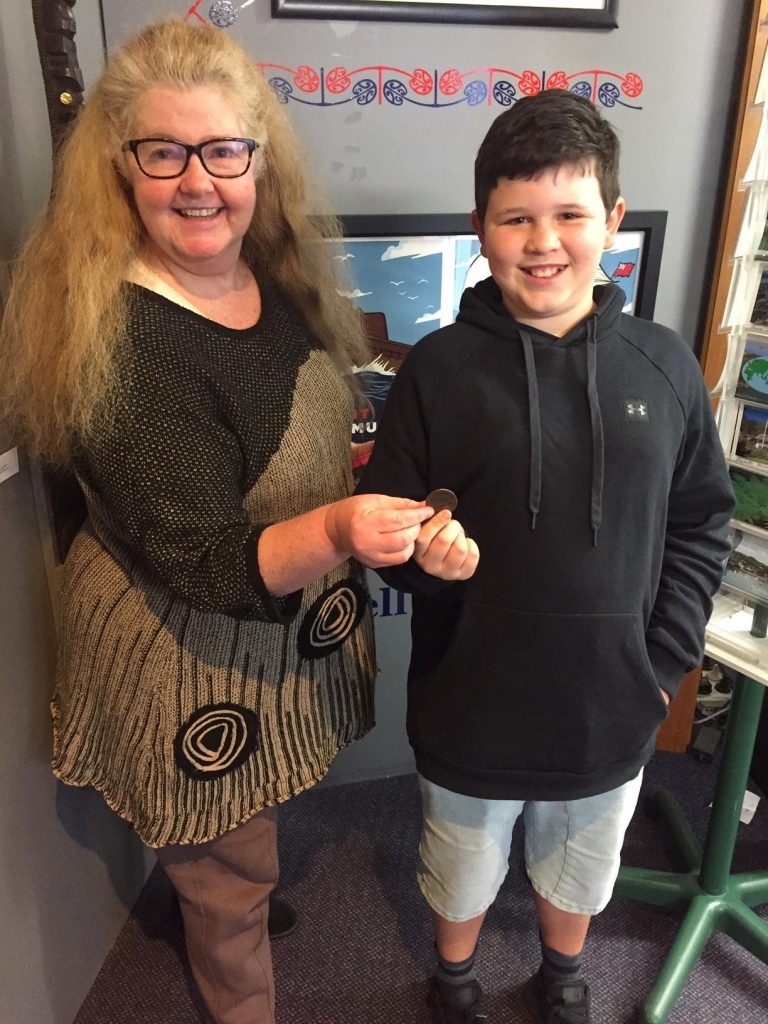
Bill Edwards, the Northland Manager for Heritage New Zealand Pouhere Taonga, immediately identified the mysterious coin which was found on the beach as a relic from New Zealand’s early trading past.
“The token has a value of one penny stamped on it, and bears the inscription ‘S.Hague Smith Merchant Auckland Ironmonger’ on one side, with a likeness of Prince Albert – husband of Queen Victoria – on the other,” says Bill.
“We know that Samuel Smith arrived in Auckland in 1859 and established himself as an ironmonger and ship owner there, so the coin must date from around that time. We also know that a small trading post operated nearby, and so it makes sense to assume that the token was connected with that.”

By a strange coincidence, Smith’s brother John was one of the founders of the Thames School of Mines; a heritage property which is today cared for by Heritage New Zealand PouhereTaonga.
According to the Te Papa website, British coinage was made legal tender in 1858, though New Zealand’s Colonial Government did not have the authority to strike its own coins. Lower denomination currency used in day-to-day trading was in short supply and so an alternative was needed.
“Some business owners kept accounts for their customers and tried to get around the shortage of loose change by offering credit while others gave change in the form of postage stamps and matches,” he says.
“Other entrepreneurs, like Mr Hague Smith for example, developed their own ‘currency’ – tokens usually valued in penny or half penny denominations that could be redeemed at their outlets.”
The tokens encouraged people to return to the store. Customers, however, were frustrated by the fact that they couldn’t use them in other stores. And if the business failed, the token became worthless.
“Although tokens were never legal tender, they were an important part of the economy. According to Te Papa, which has a number of these tokens in its collections from all over the country, it was estimated that in 1874 half of the copper coins circulating in New Zealand were tradesmen’s tokens,” he says.
Almost 60 traders in New Zealand are understood to have issued their own tokens between 1857 and 1881, however use of tradesmen’s tokens declined after 1876 when a large supply of imperial coinage became available. Tokens were eventually phased out in the 1880s.
The coin was a chance find – literally lying on the sand waiting for someone to pick it up.
“We didn’t dig for it, which is important to note, as under the Heritage New Zealand Pouhere Taonga Act it is illegal to undertake earthworks which could destroy an archaeological site without an archaeological authority,” he says.
“As an archaeologist, I know the importance of context when an artefact is found – understanding how it sits within an archaeological site can provide us with all sorts of information, which the archaeological authority process enables us to capture.
“The coin was a one-off find, however, with no archaeological context at all – so in this case it was fine for us to pick it up.”
In the case of taonga tuturu (Maori cultural objects) found on private or public land, Bill advises that people should take the object to their local museum, who will then notify the Ministry for Culture and Heritage. [For more information:https://mch.govt.nz/nz-identity-heritage/protected-objects/taongatuturu]
“We’ve photographed the token and carried out some research on it. It’s a small object, but it has a lot to say about life and the economy in early New Zealand.”
Given the local connection to Whangaruru, William was happy to offer his find to the Russell Museum for their collection.













